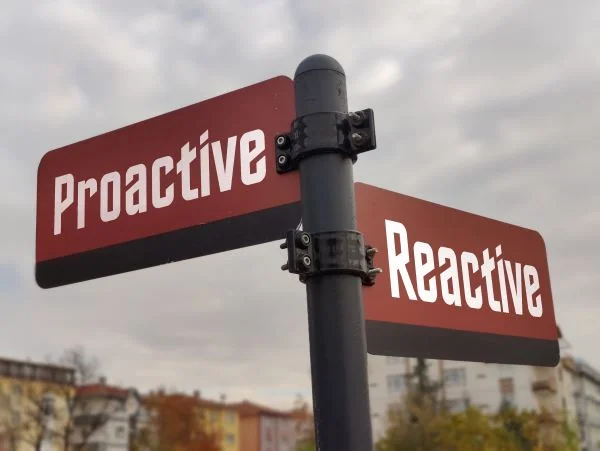Thinking is the hardest work there is which is probably
the reason so few engage in it
—Henry Ford
When business people working in several large organizations were asked if people frequently used a specific, systematic, thinking process to address complex issues in their organizations, the answer was a resounding no. Why? Most speculated that it would take too much time and effort, and that speed is rewarded. They agreed that executives like to trust their gut and are praised for being decisive.
But too often Henry Ford is right.
Question: A bat and ball cost $1.10. The bat costs $1.00 more than the ball, how much does the ball cost?
Answer: Most people say ten cents. But the correct answer is that the ball costs $.05 and the bat costs $1.05. How did you answer? Normally, most of us go to a quick response and once we latch onto it, we hang on.
Nobel laureate Daniel Kahneman, in his book, Thinking, Fast and Slow, describes this rapid thinking approach as System 1 thinking. This is the fast, automatic, effortless thinking based on knowledge, instincts and innate preferences. It actually works well, despite the hidden complexity of the baseball example, for situations we have seen before and we know we can resolve successfully. When the answer is simple and obvious, it’s efficient and gets you there quickly. But sometimes, as in the baseball example, the right answer may require a different approach for most people.
More challenging and effortful is what Kahneman calls, System 2 thinking. This is the hard work that Henry Ford is talking about when he disparaged how few of us engage in thinking. Most of us need System 2 thinking to answer, what is 18 x 42? And System 1 to answer, what is 2 + 2? We need System 2 thinking when faced with an unfamiliar challenge, when an issue is complicated and when there are too many options and too many ways to think of it. We also rely on System 2 when the cost of being wrong is high and the consequences unacceptable.
Sometimes, to speed up you need to slow down
In a recent business poll, the majority of the people polled, over 60%, agreed that when their organizations were faced with complex issues or something never seen before, a team gets together to hammer it out. With a team in place, conflicting ideas and the need to gather the information to resolve the issue, renders System 1 thinking inadequate. Is there a process to get the most from the brainpower in the room? If not, System 2’s reputation for slowness is well-earned.
We all have our own point of view, but how do we collectively move forward to resolve issues? People who use Kepner-Tregoe systematic processes for problem solving, decision making, and analyzing risk have a way forward that takes full advantage of System 2 thinking. But when working in a team, with KT or any issue resolution approach, it also helps to have a positive mindset. We all like to push our own point of view but we need to have a place for others’ perspectives.
This requires balancing the push of my perspective: characterized by statements like I want, I think, I have an idea; with a pull agenda that uses logic and proposals to convince, open questions, and opportunities to draw out other people’s perspectives.
You don’t want to sound like a therapist by the couch, but authentic listening encourages thinking and sharing information by using statements and questions like: tell me more, in what way, what’s that like, compared to what, and the all important what else?
Moving beyond System 1 and working with others requires more pull, with the intention of exploring and understanding what is going on, what happened, and why. When teams include diverse perspectives, ask open-ended questions and tap into curious inquiry instead of quickly drawing conclusions, they lose nothing, maintain objectivity and reduce the incidence of conflict and disagreement. When the issue is complex, critical or unique, it pays to slow down and use rational thought to arrive at the right answer.



